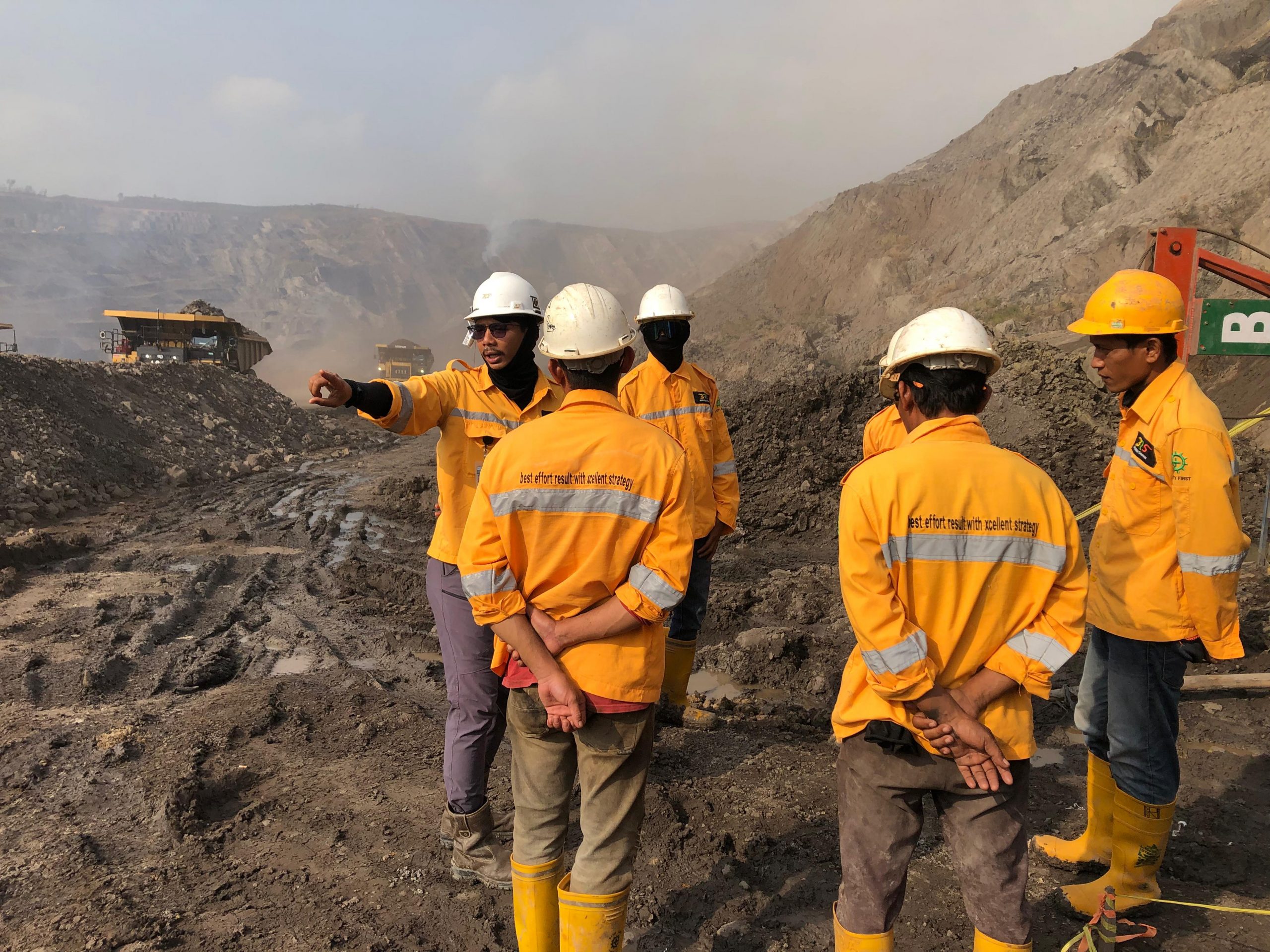Geotechnical Investigation
Excavability and Rippability Analysis:
- Analysis using aproximation method based on seismic velocity data and graphic method based on fracture index and strength material by point load test.
Ground Pressure Analysis:
- Ground Pressure Analysis is a process used to assess the distribution and magnitude of pressure exerted on the ground by a structure, vehicle, or load. It helps determine whether the ground can safely bear the load and whether any preventive measures need to be taken to avoid issues like ground subsidence, structural failure, or soil deformation.
Slake Durability:
- Slake durability is a measure of the resistance of rock or soil to degradation or disintegration when subjected to wetting and drying cycles. It refers specifically to the ability of certain types of rocks, particularly those containing clay minerals or other fine-grained materials, to withstand physical breakdown (slaking) when they are alternately wetted and dried.
Soil Bearing Capacity:
- Soil bearing capacity is the maximum load per unit area that the ground can support without experiencing failure or excessive settlement. It is a critical property in geotechnical engineering, as it helps engineers determine the appropriate foundation design for a structure, ensuring that the soil can bear the loads applied by buildings, bridges, roads, or other constructions without causing subsidence, tilting, or collapse.
- Bearing Capacity Analysis can determine the high maximum of waste dump.
Slope Stability Analysis:
- Utilizes advanced software for 2D and 3D slope stability analysis, considering factors like material properties, water inflow, and geological structures.
- Incorporates probabilistic modeling to assess uncertainties and develop risk mitigation strategies.
a. Limit Equilibrium Analysis:
- Applies traditional methods like Bishop’s method and Morgenstern-Price method for analyzing the equilibrium of slopes.
- Considers pore water pressure, seismic forces, and dynamic loading in stability assessments.
b. Finite Element Analysis:
- Implements sophisticated numerical techniques to model complex geological conditions and assess structural stability.
- Allows for detailed simulations of stress distribution, deformation, and failure mechanisms.
- models based on additional data collected during the geotechnical investigation process.
Geotechnical Monitoring:
- Geotechnical monitoring focuses on the behavior of soil and rock, assessing factors like settlement, pore water pressure, and slope stability.
- Essential for excavation projects, embankments, and foundation performance.
Early Warning Systems:
- Instrumentation and monitoring systems may include early warning capabilities to alert stakeholders to potential issues.
- Early detection allows for timely interventions to prevent or mitigate risks.







